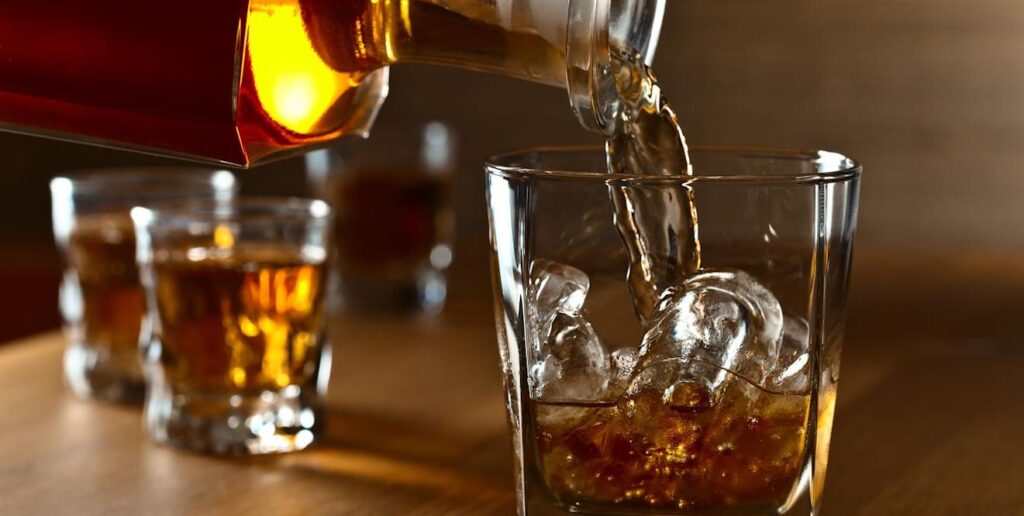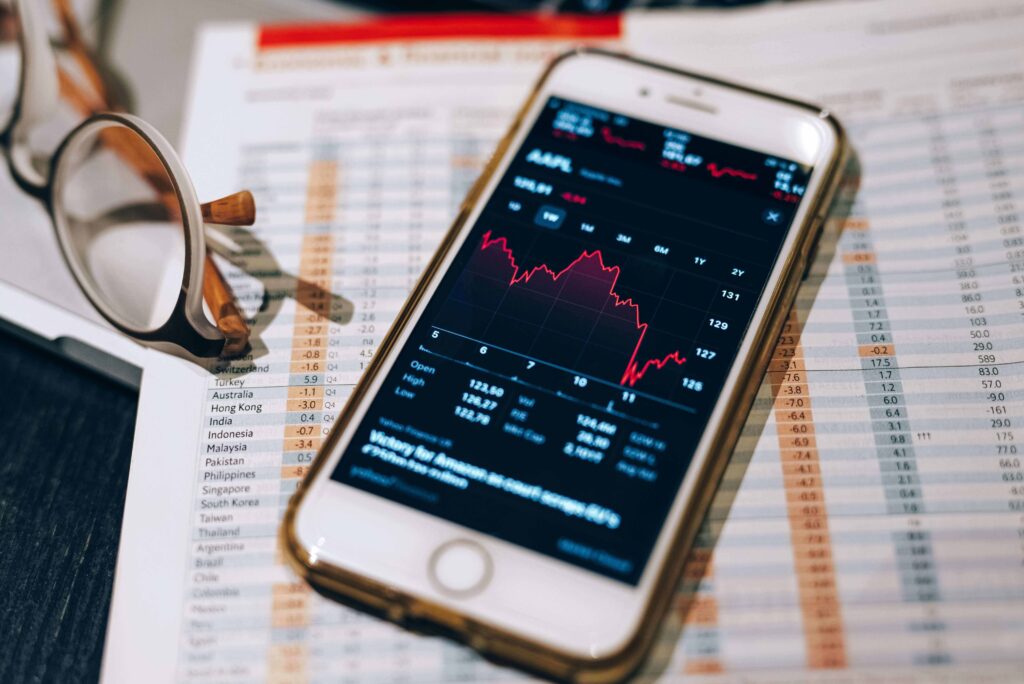
Refills, Replicas, and Relics
Despite the record-high prices for many rare and valuable bottles, we continue to see a rise in the quantity of fake scotch whisky bottles on the market.
Most devoted and competent whisky auctioneers in the United Kingdom routinely police markets have “eyes-on” and can detect illegal dealers and bottles.
Assessing the value of counterfeit bottles/liquids on the market is challenging. However, we can confidently state that we notice a rise in counterfeits across all value classes.
We received a “1903 Laphroaig” bottle in 2016 and conducted many forensic and analytical tests to confirm its authenticity. We evaluated the container, the label, the capsule, the cork, and eventually the liquid and have shown beyond a reasonable doubt that it is not authentic.
Refills
Some bottles can be easily refilled, resealed, and resold. It is challenging to detect without opening since the container is authentic except for the contents inside. Refills are bottles that have been opened, the liquid inside has been changed, and the original capsule has been carefully put back on.
Only the liquid in one of the bottles is counterfeit; the bottle, label, cork stopper, and closure are all legitimate (color-matched cold tea). Without opening, it is impossible to detect. We recently saw that the capsule of a 40-year-old Dalmore had been carefully split open at the rear, the bottle contents replenished (with lighter liquid), the capsule resealed, and the bottle put up for auction.
Replicas
These are typically the many classic replicas we have seen throughout the years, where the labels are replicas of the originals. When metallic text, bronze, or details are difficult to apply without costly printing equipment, they might be easier to identify since labels frequently seem ‘wrong’. Replicas are bottles in which the forgers have attempted to replicate the labels – neck, shoulder, front, and back – and frequently come very close to perfection, such that an unwary auctioneer or buyer may not notice the flaws. The Macallan is the most imitated brand, but why wouldn’t it be given its price point?
Relics
The bottles have an antique or antiquated appearance. We recently came across a list of particularly old or rare bottles in the ‘Relics’ category in which we felt that 486 out of 499 bottles were fake. The handful that may be authentic were more recent releases, so there was a potential that they were authentic. If these vintage bottles were legitimate, we believe they would be worth a minimum of around £10,000 each (though some would be worth far more), or approximately £5 million in total. Someone might be easily fooled out of a considerable amount of money if an inexperienced buyer believed they were authentic and purchased them via a private transaction. Given that the whole auction industry in the United Kingdom is valued at around £14 million, the discovery of a $5 million collection of fakes is alarming.
Our research into this category of fraud led us to obtain a Laphroaig allegedly produced in 1903. After examining the glass and labeling, we determined that the “packaging” was of its time. But what of the liquid? We decided to open and evaluate the liquid. We were dismayed to discover (both organoleptically and via technical analysis) that it was a young blended scotch with no phenols (strange if it was Laphroaig) and had it carbon dated to confirm it had been distilled in the very recent past.
So what steps can be taken to prevent the unsuspecting buyer from acquiring a fake?
- Never purchase rare or collectible bottles via an online peer-to-peer auction (e.g., when a seller offers their bottle(s) and sells directly to a bidder, with no ‘eyes on’ auctioneers to inspect the actual bottles is the initial back-stop). Given the increasing rivalry in the market, most online and conventional auctioneers take forgeries very seriously and recognize the importance of reputation.
- If something seems too good to be true, it probably is. There is a problem if a product’s price is significantly below its market value. In the current robust demand for rare whisky, authentic bottles sell for their actual value. Do not succumb to the allure of that supposedly incredible deal.
- It may seem obvious, but DO NOT purchase ANYTHING from “the guy in the bar”! Currently, we are getting anecdotal reports of an upsurge in the sale and purchase of such counterfeit, costly bottles.
- Customers have received advice and information on fakes from us for many years, and we have a list of bottles that should never be purchased at auction, regardless of how authentic they seem. Certain bottles are especially vulnerable to refilling with few outward indications of manipulation. On this list is the Ardbeg Very Young mentioned above.
- Be cautious of departed family members! Said with a bit of tongue in cheek, and we do value and sell a great many collections from deceased estates, it is surprising, and somewhat saddening how often we’ve heard this: My add relative – usually an uncle – recently died, and to our great surprise, we discovered a bottle/bottles of add the name of any well-known distillery or distillery closed in the 1800s or early 1900s dated from add in the attic. What price would you pay for it? When we go a bit further and raise fundamental issues about provenance, the trail often turns deadly. When dealing with antique and rare bottles, we insist on personally scrutinizing each one.
- Carbon dating: It is a rather costly method (about £600 per test) and needs a sample of liquid, but this can be extracted using a hypodermic needle, so it does not necessarily harm the integrity of a bottle. A bottle with proven age is also far more valuable to a collector so the method may increase value. Any prospective purchaser of extremely aged bottles should get the carbon dating of the liquid from the seller. We’ve done this several times with ancient bottles of Scotch and other allegedly old spirits throughout the years. The method has been so beneficial that we recently decided to purchase a large number of old bottles (non-Scotch) since the liquid was of such excellent quality. After learning the carbon dating results, we swiftly withdrew from the transaction. What was said to have been from the early 1900s was really from the 1980s! Although the research will not provide a precise date, it will estimate when the living stuff (barley or grapes) ceased to be alive, and its carbon 14 isotope became stable.
- If you want to spend a substantial amount of money on a bottle, ensure that it seems as it should. A short Internet search often yields several photographs of authentic bottles; consumers should verify that the bottle they want to purchase appears identical. Is the capsule the same, is the bottle form identical, is the liquid the same color (often difficult to detect with essential photographs), is the label identical (front and back), is the packing or box identical, etc.? It seems elementary, yet it is incredible how many individuals have been taken advantage of when a more profound look would have uncovered irregularities.
- If consumers/drinkers choose to go one step further, they may consider obtaining a portable alcohol meter. They are not free (about £1,000 per meter), but our customers and we have found them indispensable throughout the years. It is accurate to +/-0.2% ABV, which is more than enough for detecting when something is 40%, when it should be 43%, etc. You must open a bottle to be tested, but this method reveals without question or doubt whether bottles are counterfeit. Just before Christmas, we examined an old bottle that we believed to be phony but had not yet proven. It was labeled as containing 46% alcohol by volume. However, testing revealed that it contained just 33.8%. Since the fill level (amount of alcohol in the bottle) was enough, alcohol evaporation could not be the explanation.
It is not just Scotch; the fakers are targeting that.
Recently, we have encountered counterfeit Japanese whiskey and bottles from the now-legendary and very costly Hanyu Cards series. With current value rising so quickly, we have little doubt that more counterfeit high-end Japanese bottles will surface on the market. As other Scotch distilleries grow more prominent and the liquid more precious, we’re beginning to think that GlenDronach and others are producing counterfeit spirits. Not only do we see high-end, expensive bottles, but we also see low-end bottles that are easy to refill.
Anyone (auctioneer, brand owner, or collector) who claims otherwise is deceiving themselves in a market where rarities are growing in value. The most important thing for purchasers is not to fear going away. Even if a bottle is required to complete a collection or is said to be the most significant liquid in the world, it should be avoided if it is even slightly flawed.
Recently, one of our clients summed up the topic of fakes in the following way: “If anything smells fishy to me, it’s often fish, not Scotch!”


